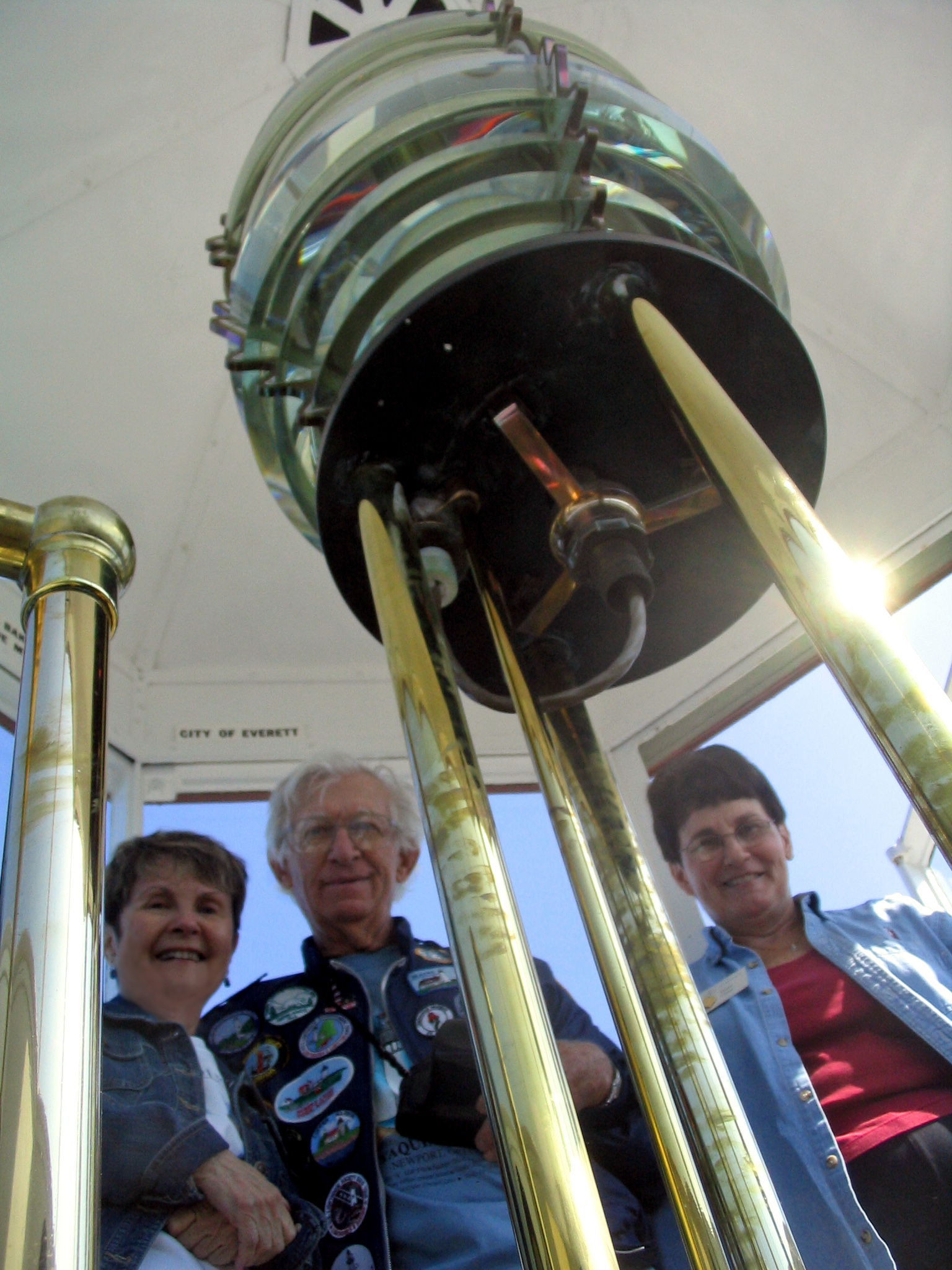
These invisible critters make up the primordial soup that is the basis for all marine life.School kids occasionally get a glimpse through a microscope at a few of them –shrimplike copepods or Aspirin-shaped diatoms or any of a thousand exotic species in between. Planktonic life is out there year-round, but it is cyclical, peaking in the summer when long days trigger a biological explosion known as a “bloom.” Puget Sound waters, relatively clear during the winter, suddenly turn murky and green – especially in long fiords like Hood Canal.The murkiness irks fishermen and scuba divers. But those charismatic superstars ultimately depend on countless trillions upon trillions of microscopic plants and animals known collectively as plankton. To most of us, Puget Sound conjures up images of silvery salmon, leaping orca whales and spindly Dungeness crab. “They are not toxic and no cause for concern.”

These are “the same tiny photosynthetic diatoms that make up the White Cliffs of Dover,” says Betsy Carlson at the Port Townsend Marine Science Center. They’ve been out there for millions of years, an important part of marine ecosystems and even terrestrial geology. The organisms are not aqua colored, but rather reflect light, which explains the turquoise hue. Scientists need an electron microscope to see them.Yet there were enough of them in Discovery Bay to be photographed from space. Placed side-by-side (don’t try this at home,) there would be hundreds or even thousands to the inch. They are shaped like soccer balls, 5 to 10 micrometers diameter, so they easily slip through plankton nets. It turns out, Discovery Bay’s turquoise lightshow was due to an extraordinary bloom of coccolithophore – most likely the subspecies Emiliania huxleyi. Huh?Ĭocolithophores are a phytoplankton more familiar in places as near as Hood Canal or as far as north Australia.

Others worried about the health of a humpback whale that had been cruising the bay for a few days. Fishermen wondered if it was safe to eat Dungeness crab pulled from the cloudy bay. Word spread fast online with dire warnings of a massive toxic bloom, punctuated by tearful emojis. NASA scientists were seeing the same thing in satellite photos – a brilliant aqua-hued bay surrounded by the normal deep blues and greens of Puget Sound Country. Last weekend, folks in the Port Townsend area found themselves gawking at Discovery Bay, wondering what to make of the strange turquoise color that stretched shore-to-shore.


 0 kommentar(er)
0 kommentar(er)
